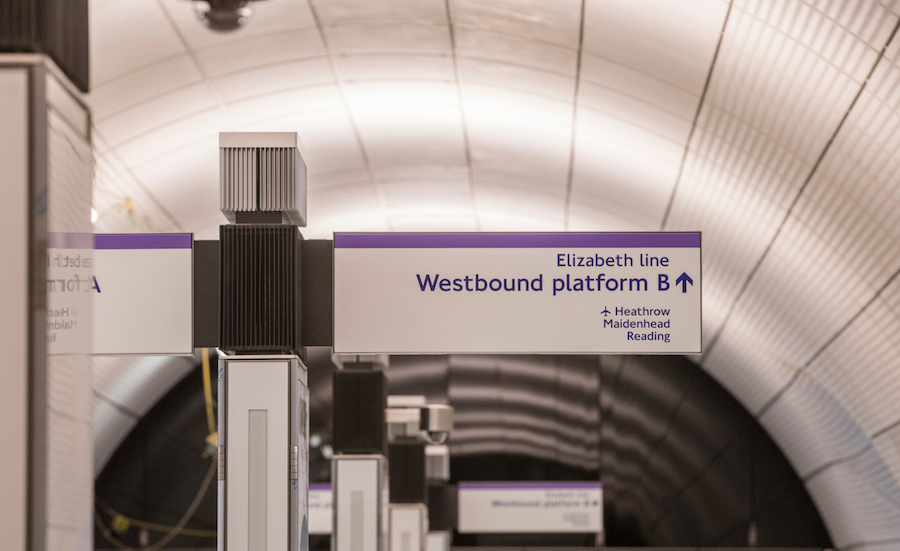A report by the U.K.-based Institution of Civil Engineers (ICE) proposes that construction teams utilize a new delivery method, called Systems Approach to Infrastructure Delivery (SAID), in order to more successfully deliver today’s increasingly complex infrastructure projects. Published in December, the report—based on 30 interviews with “project practitioners” from the infrastructure, aerospace, defense, oil and gas and technology sectors—advocates that SAID’s emphasis on “systems thinking, systems engineering and systems integration” will improve project performance, according to ICE.
Conversely, projects run as “exercises in civil engineering excellence are at a higher risk of losing focus on outcomes and failing to allocate enough resources to their systems integration challenges,” the ICE report claims.
“Systems, and not structures, provide the mobility, sanitation, energy and all other infrastructure services on which we rely,” states Andrew McNaughton, chair of the ICE steering group that produced the report.
“These systems are increasingly automated, interdependent and reliant on technology that is evolving rapidly. Yet many major infrastructure projects are still dominated by civil and structural engineering alone,” adds McNaughton.
The report cites London’s Elizabeth Line, formerly Crossrail, as an example of the dominance of civil construction over an integration of rail systems. Due for completion in late 2019, the project is now more than two years late and billions of dollars over budget largely because of signaling snags.
Projects “are best seen as interventions into existing complex systems with physical, economic and social characteristics,” notes the ICE report. And owners now want more complex outcomes, such as urban regeneration and decarbonization.
Existing leadership and delivery methods for infrastructure have also failed to keep pace with changing needs resulting in “an increasing number of signature projects that are delivered behind schedule, beyond the cost estimate and that fail to meet the public’s expectations,” the report claims further.
Andrew Davies, a steering group member and professor of innovation management at the University of Sussex, participated in a separate review of studies focusing on causes and cures of poor megaproject performance that contributed to the ICE’s SAID report.
Searching two leading databases for such key words as “megaproject,” “success” and “failure,” Davies and other researchers found thousands of references published up to September 2017, then focused on about 90 papers for detailed study.
The resulting paper sets out six management themes, such as decision making and project risk. For each theme, it exposes three broad causes of poor performance and suggests cures for each.
Construction is “very siloed…it’s not like other industries (where) people study the whole system,” says Davies. “The problem with megaprojects is that they’re such big beasts that no one, apart from the client, is really controlling the whole thing as a production system…. Construction is ripe for disruption at the moment.”
Bent Flyvbjerg, professor of Major Programme Management at Oxford’s Saïd business school, also looks to the tech industries for leadership. He cites the modular construction of the Tesla Gigafactory battery plant in Nevada as an example of the sort of “smart scale-up” he believes will underpin successful projects.
Destined to be the one of the world’s biggest buildings by footprint, the Tesla plant is being assembled in blocks, with each block able to start production once completed, according to Flyvbjerg. Construction started in late 2014 and three of 21 blocks went into production in January 2017, he reports. Such a large project “would typically take five to seven years before operations begin,” he says.
“If a project can be delivered fast in a replicable, modular manner, it is likely to do well. If it cannot, it is likely to be troubled or fail,” Flyvbjerg writes.
Flyvbjerg categorizes large nuclear plants and hydroelectric dams as “dumb scale-up” projects. “Dumb scale-up strongly correlates with high costs and large cost overruns, long schedules and schedule delays, and sizable benefit shortfalls,” he asserts.
Also qualifying as “dumb,” says Flyvberg, was the Channel tunnel project, which, he reports, was 80% over budget while revenues never met forecasts. Denmark’s Great Belt crossing, which followed a few years later, “had an even larger cost overrun than the Channel tunnel…and went insolvent.”
Being the “least productive…sector of the economy,” according to Flyvbjerg, construction “is long overdue for disruption.” Tech entrepreneurs “know this and it is only a matter of time before they, or someone else, do something about it.”




Post a comment to this article
Report Abusive Comment